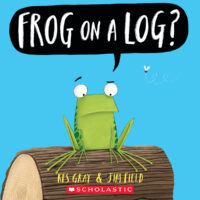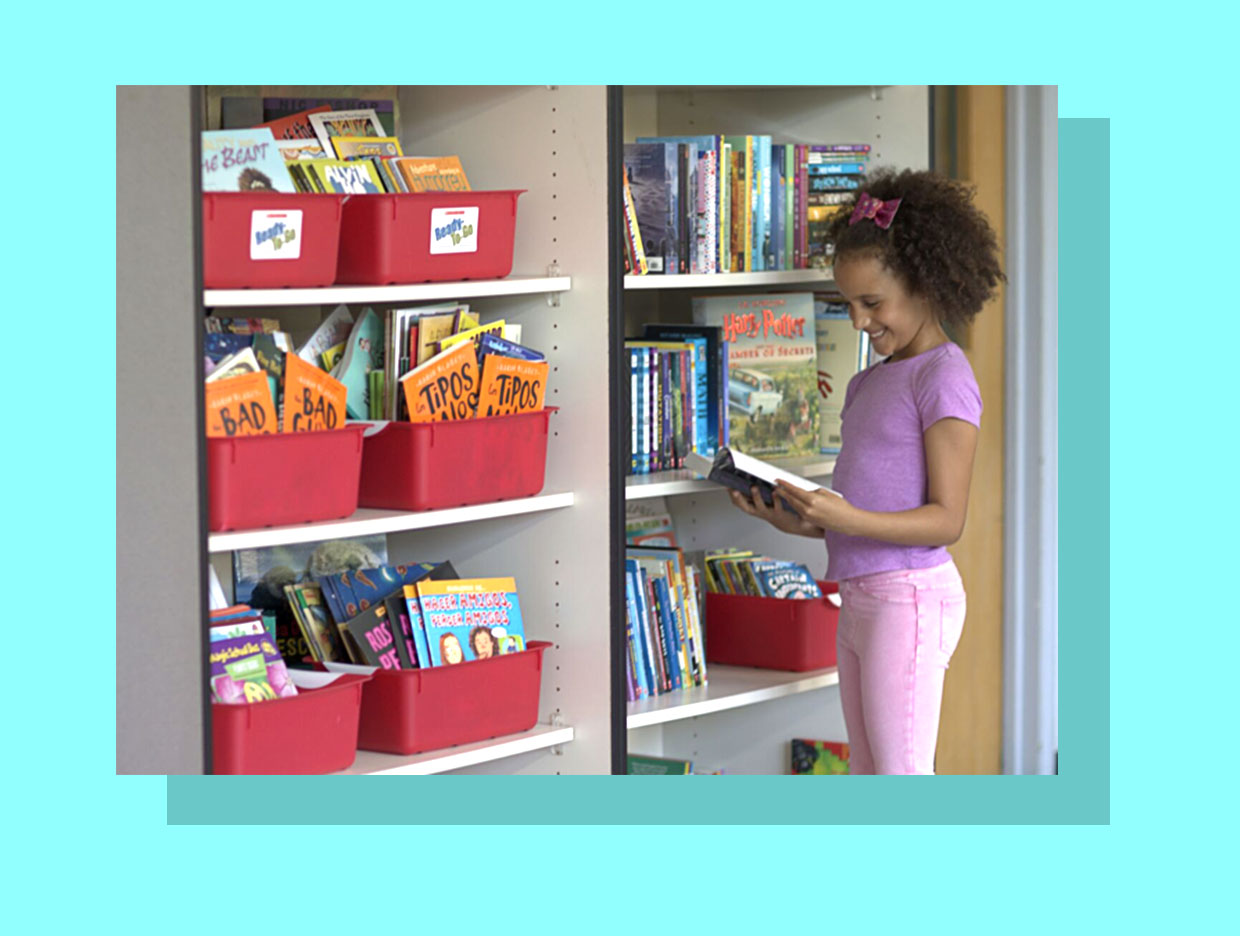6 Steps to Helping Students Set Strong Reading Goals
Inspire your students to think about who they are as readers through engaging books and helpful professional development tools.
Establishing reading goals can set the tone for the kind of reading work you expect from your students—and what they expect from themselves.
As you go through the school year, discover 100 books your students will love or the books in these Super Saver collections, and try the below six smart steps for planning to set reading goals with your class.
Plus, check out these professional development resources to help bring out your class's full potential.
1. Discover Their Reading Identity
How do you get your students to really understand what they need to work on and set appropriate goals? Start with a question! In order for students to know where they’re going, it’s helpful to ask them, “Who are you as a reader now?” These conversations can be facilitated through surveys, reflections, or in one-on-one or small group discussions.
This is a powerful sneak peek for you to learn how your students view themselves as readers and what barriers they might face.
2. Discuss Goal Setting Together
It can be valuable to begin the conversation about goal setting with a read-aloud. For grades K-2, try using a picture book like Leo the Late Bloomer. This is a great book to start conversations as kids identify with Leo’s struggle to learn to read, write, draw, and speak.
For older students, try initiating the conversation with Thank You, Mr. Falker. It can be helpful to discuss what readers, including your students, struggle with. (Keep tissues close at hand!)
3. Partner to Personalize Their Goals
Reading goals are personal and, depending on what students have uncovered about their current identity as readers, many might have unique goals. If a student does not know how to choose a book they’ll like or does not read outside of class, this knowledge can factor into their goals and determining what will challenge them to grow as readers.
Example goals might be to determine what books they do like to read, to discover more books to add to their reading list, or to build up reading stamina in reading longer books.
4. Complete a Goal Form
A goal sheet helps students to record their personal reading goals. For younger students, this can include a space for students to draw how they visualize themselves as successful and happy readers. This example also includes sections to record each student’s unique goal and their plans to reach it.
5. Create Space for Daily Reminders
This process creates a wonderful opportunity to display student goals as a daily reminder in your classroom. Designate a bulletin board or central wall space to feature these goal forms or to track progress towards key milestones.
For classroom materials to prepare your bulletin boards, start here.
6. Plan to Support Your Students
Now that your students’ goals are established and proudly displayed in your classroom, there are so many ways to support them throughout the year. Taking stock of the goals of the class will help you to create the right plans to help them achieve (and exceed!) their reading ambitions. This might include:
- Partner work
- Literary circles based on similar goals
- Daily phonics activities
- Opportunities for group discussions
- Classroom booktalks
As students achieve their goals, don’t forget the final, and most important step—celebrating! We love the idea of a book review party when students can mark significant progress and share their favorite books with the class.
Shop books to support your students' reading goals below! You can find all books and activities at The Teacher Store.
Frog does not want to sit on a log! But Cat tells him that's where he belongs. Doing his best to find an alternative place to sit, Frog asks Cat a whole lot of questions. For every answer Cat has, Frog has another question, until he finds out what dogs sit on! A silly read-aloud story with funny rhymes and hilarious illustrations.
A girl in a red hat finds the courage to be kind to the new student in class. Her kindness spreads, until her whole community experiences the magical shift that happens when people understand what it means to be kind, and act on their best impulses!
Beauty is much more than how one looks on the outside. True beauty is found in conquering challenges, showing kindness, and spreading contagious laughter. Beautiful girls are empowered, smart, and really, really strong!
YOU are your ancestors' wildest dreams. How will you express YOUR greatness? Perfect for fans of I Am Every Good Thing, Little Legends, and All Because You Matter.
With a simple, witty story and free-spirited illustrations, Peter H. Reynolds entices even the stubbornly uncreative among us to make a mark, and to follow where it takes us.
To stop the Shadow Dragon from covering the whole world in a sky-shadow, the Dragon Masters must seek out a Light Dragon. So Drake and Darma travel to find a Light Dragon named Lysa. Lysa's Dragon Master, Rune, who is deaf, explains that the Dragon Masters will need a Star Flute in order to summon a Star Dragon and stop the Shadow Dragon. But the flute is hidden within a dangerous labyrinth! Will they be able to make it out of the tricky maze?
First-generation Filipino siblings JJ and Althea struggle to belong at school. JJ wants to fit in with the crowd, while Althea wants to be accepted as she is. But that hope seems like a long shot, for both of them. To make matters worse, they have to help their parents run the family food truck by dressing up as a dancing pig and passing out samples. Ugh! And their mom is always pointing out lessons from Filipino folklore -- annoying tales they've heard again and again. But when witches, ogres, and other creatures from those same stories threaten their family, JJ and Althea realize that the folklore may be more real that they'd suspected. Can they embrace who they really are and save their family?
Professional Development Books to Help Kids Become Better Readers
Brush up on effective reading instruction strategy to instill a love of books in every kind of reader. These popular professional development books are written by experts in the field and will set your students up for reading success!
Dr. Julia B. Lindsey’s evidence-based routines help young readers decode words efficiently so they can spend more energy on comprehending-and enjoying-what they read! You’ll find:
1. Need-to-know essentials of how kids learn to read.
2. Principles of high-quality foundational skills instruction.
3. Teacher-approved instructional "swaps" to improve early reading instruction.











